Common Tax Mistakes we see High-Income Individuals Make in Investment Accounts Before Becoming Clients of Aurora Financial Strategies
Do you own taxable bonds or mutual funds in your taxable investment account?
Very few things are a given when it comes to investing. Unfortunately, I still cannot tell you exactly where the market is going to move tomorrow. However, there are variables you and your advisor can control to give you a higher chance for success. The choices you control include monitoring the amount of risk the investments in your portfolio take, the total cost of your investments, and the time horizon before needing withdrawals are all common choices for our clients at Aurora Financial Strategies. Another potentially huge decision, to increase the success of a financial plan, is to be as tax efficient as possible. Both the investment options we choose, and the location in which you purchase those assets (or in other words, which account you buy certain securities in) truly matter!
Sometimes a blog idea comes to a member of our team because it continues to pop up in client appointments. This idea came from our CIO, Austin Crites, and I discussing previous portfolios of multiple prospects that have recently become clients of our firm. Whether the prospect was managing their own investments, or using another financial advisor, we continually saw investments that are generating additional taxable income in their non-qualified investment accounts (sometimes called “brokerage accounts”). For some, this is because the individual in charge of selecting the investments is not fully aware of the tax impact of their holdings. Other times, it is because the portfolios selected are “off the shelf models” that firms will apply to all clients that meet certain criteria. For our high-income clients, with tax rates that could be in excess of 45% (if you combine Federal taxes, State Income Taxes, and Net Investment Income Tax), this can dramatically eat into the actual returns received in a profitable investment. If all else were equal, or close to equal, wouldn’t you prefer to keep more of your own money, over giving additional taxes to Uncle Sam each year?! The most common mistakes we see regarding this are:
Utilizing “Taxable Bonds” in a taxable account, instead of “Municipal Bonds.”
Electing to only use mutual funds in a taxable account, instead of using ETFs or individual equities where appropriate (we’ll write about this in an upcoming blog)
Taxable Bonds Instead of Municipal Bond Alternatives
Although interest rates aren’t as high as they have historically been (even if they are rising this year), bonds continue to be an effective way to earn some interest with a lower risk profile compared to investing in stocks. If the bonds are corporate or taxable in nature, the interest received will show up on that account holders tax return as ordinary income. This is true unless the bonds held in that account are Tax-Free Municipal Bonds, which are generally free from most forms of income tax.
Below is a case study that resembles the opportunity set of fixed income for a high-income individual.
*The tax-equivalent yield is the return that a taxable bond would need to equal the yield on a comparable tax-exempt municipal bond. The calculation is a tool that investors can use to compare the returns between a tax-free investment and a taxable alternative.
Tax-free municipal bonds typically pay a lower interest rate than a taxable bond of similar credit quality. However, as the above chart shows, taxes can take a big bite out of the return. People in higher tax brackets typically can earn higher rates on an after-tax basis by owning tax-free municipal bonds in their taxable investment accounts. In the above example, a high-income investor would need a 5.5% interest rate on a corporate bond to achieve the same after-tax income from a tax-free municipal bond paying 3%. This suggests that using tax-free municipal bonds instead of corporates could increase the after-tax income in a portfolio by as much as 30%. And for higher tax states this number could be even larger.
Another reason to consider tax-free municipal bonds in lieu of corporates in taxable investment accounts is relative safety. Studies on the history of the asset classes suggest that tax-free municipal bonds may be safer. The worst-case scenario as a bond owner is that the issuer goes into a default due to some sort of financial hardship. According to a study by Moody’s, a ratings agency, historical default rate on municipal bonds is measurably lower than corporate bonds of the same credit quality. Moody's Bond Study
Going Back to the Original Question
“If all else were equal, or close to equal, wouldn’t you prefer to keep more of your own money, over giving additional taxes to Uncle Sam each year?!”
Compared to Taxable bonds, Municipal Bonds held in your non-qualified accounts will generate more after-tax income and have considerably lower risks of default. Yet it is common for us to see Taxable bonds held in these accounts. Are your investments helping you achieve your financial goals as efficiently as they could be?
Billy Cardwell, CFP®
Billy Cardwell is the Owner and President of Aurora Financial Strategies, a financial advisory firm based out of Kokomo, IN. He can be reached via email at billy@billycardwell.com. Investment Advisory Services are offered through BCGM Wealth Management, LLC, a SEC registered investment adviser. This blog does not constitute advice. This is not an offer to buy or sell securities. Advisor is not licensed in all states.


